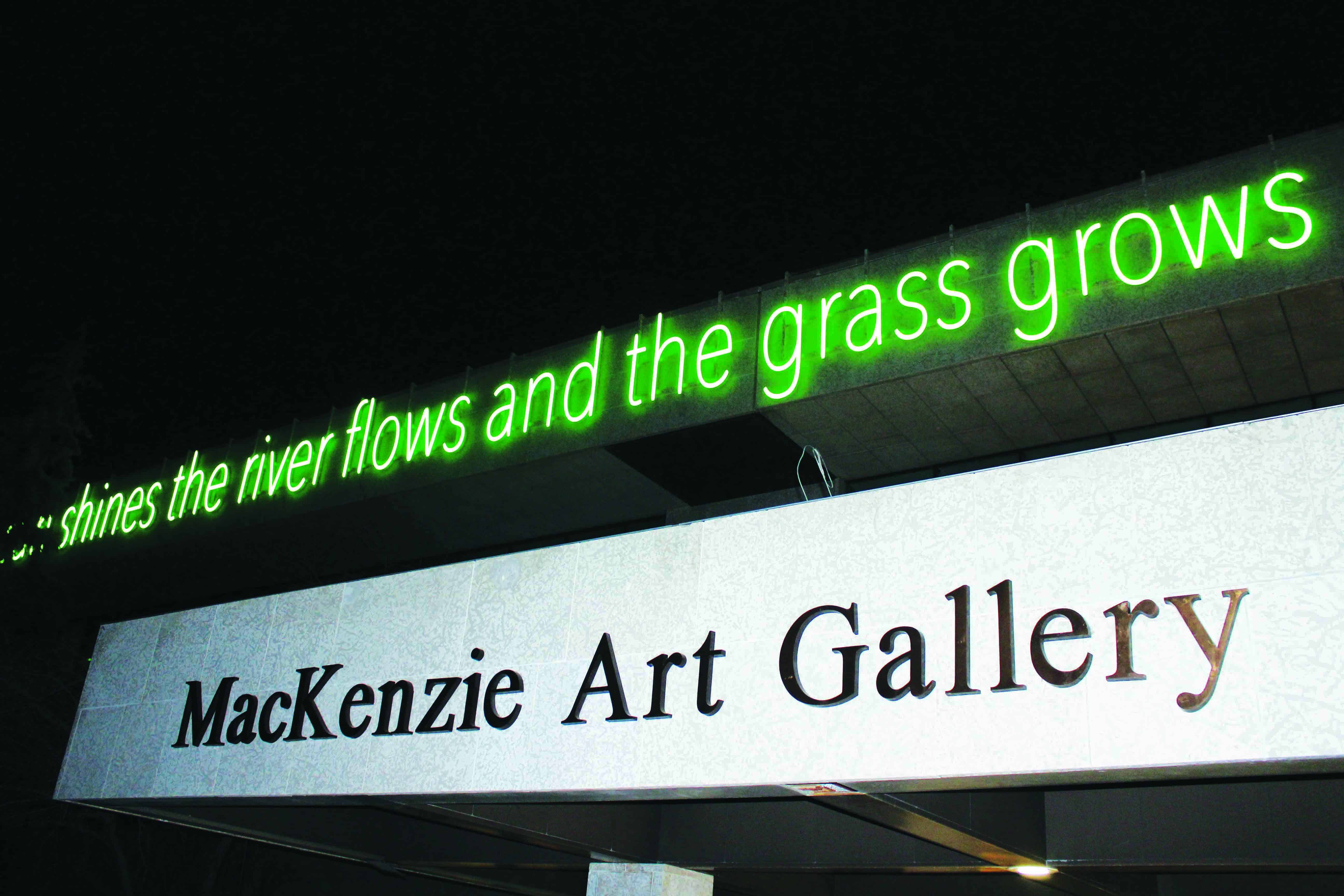While the world has moved on, Syrian war still rages

Ten years without peace
Since 2011, and even before that, Syrian citizens have been at the forefront of dark times. Since the beginning of the civil war in March 2011 with a government crackdown on students peacefully protesting in solidarity with the Arab Spring uprisings in other nations, Syrians have had to deal with human rights abuses, violence, a collapsing system, destruction, and immense grief. According to Human Rights Watch, the Syrian economy experienced turbulence for the majority of 2020. Many Syrians had no access to food, medication, and necessities. This led to 9.3 million Syrians dealing with food insecurity. Over 80 per cent of Syrians are now living below the poverty line. But even prior to the war, the country was, not unlike many Western nations, facing serious inequality, high rates of unemployment, and rising poverty.
Hafez al-Assad had control of the region in 1970. He was from the Alawi, a minority Shia sect that had always been oppressed in Syria. The sect briefly gained access to privileged positions after the First World War, according to Zachary Laub, an associate correspondent at the Council on Foreign Relations (CFR). By February of 1982, Hafez ensured that the military would forcibly shut down an uprising by the Muslim Brotherhood in Hama. This led to a divide whereby those who do not support the regime would rally behind Hama in 2011, and those who support it, such as Hafez and later on his son Bashar, the current President of Syria, would use this as an opportunity to further their agenda.
By 2011, the uprising became a full on civil war. Some groups became staunch allies of the Assad regime, as did countries like Russia, China, and Iran. Some Sunnis (another sect of Islam) also chose to follow suit. The decade-long war has hindered the economy of Syria along with its healthcare system. The pandemic has only made things worse. With hospitals overwhelmed, they are forced to turn patients down. Shortages of equipment have only exacerbated this.
By March of 2020, a ceasefire was implemented. Prior to this, the Syrian-Russian military alliance was still focused on Idlib, which was the last anti-governmental installation in Syria. The alliance has been responsible for many attacks leading to the deaths of thousands and millions displaced. According to the Council on Foreign Relations (CFR), around 12 million people have been displaced. Bashar Al Assad’s four-decade long rule does not seem to be coming to an end anytime soon. The reality is that more hardship seems to be underway. Peace talks have been decreasing and many are losing the hope for a change in the regime. The Assad regime continues to hold its power and control over the country with Turkish forces being cooped up in the northeastern part of Syria being governed by Kurdish forces.
By 2020, the number of people who needed humanitarian relief jumped from 11 million to 13.4 million, according to UNICEF. Furthermore, many children were unable to go to school. As a result, an estimated 2.5 million children lost access to education throughout the country. More than 6 million children are in need of humanitarian assistance as a result of the Syrian civil war.
The reality is that the Syrian civil war has been extremely difficult for civilians. It became even more difficult when western countries became involved. The United States has been implementing airstrikes in Syria since 2014 in order to fight Islamic extremists. Russia, on the other hand, entered the war in 2015, deciding to back the Syrian government, and both military powers seem to view the region more as a proxy war than as a country populated by real people with real lives who want to live in peace. The sad truth is that Syrians are in the middle of it all. They are left to slip through the cracks with the world seemingly forgetting about their struggles.










